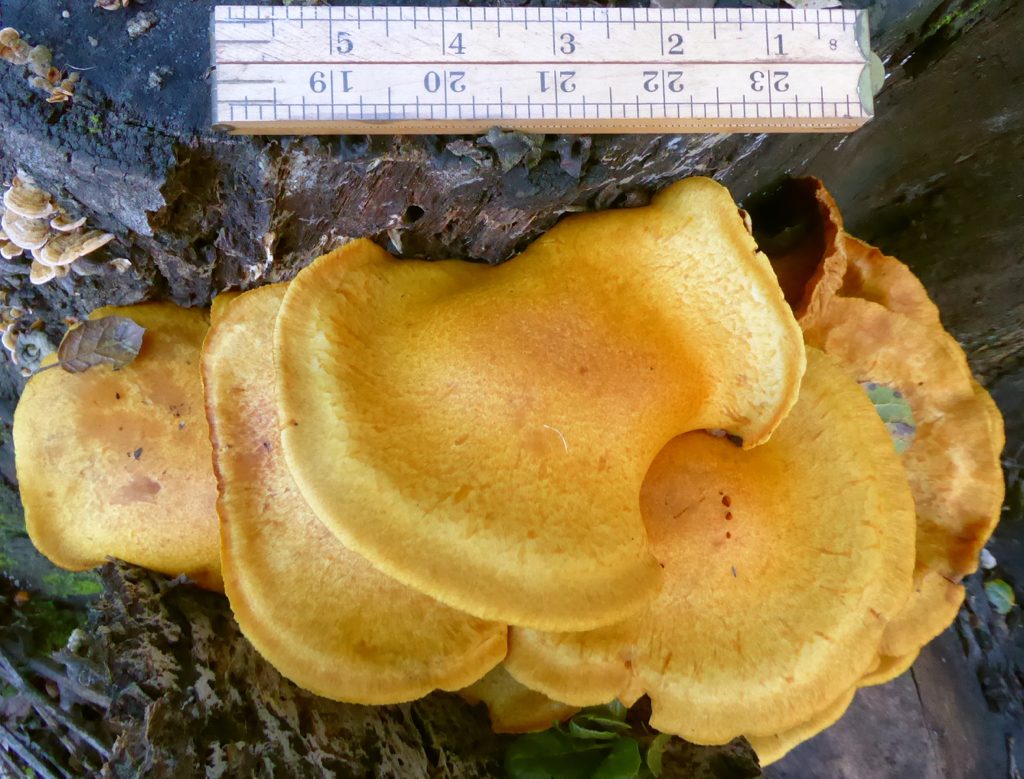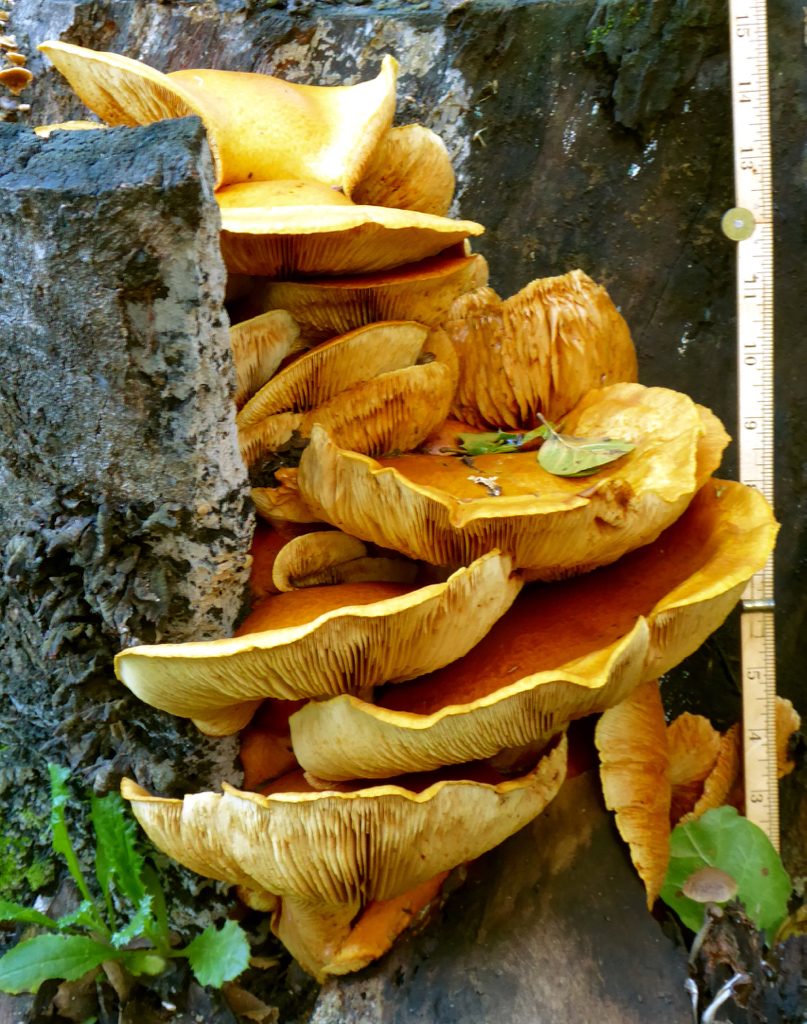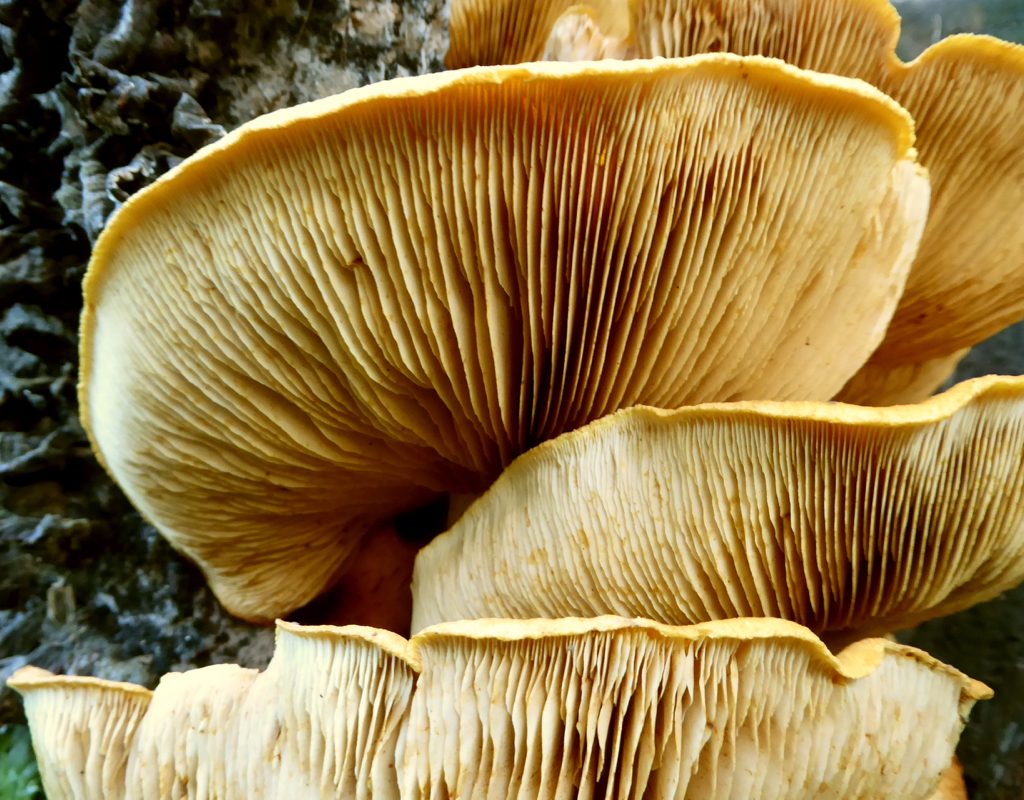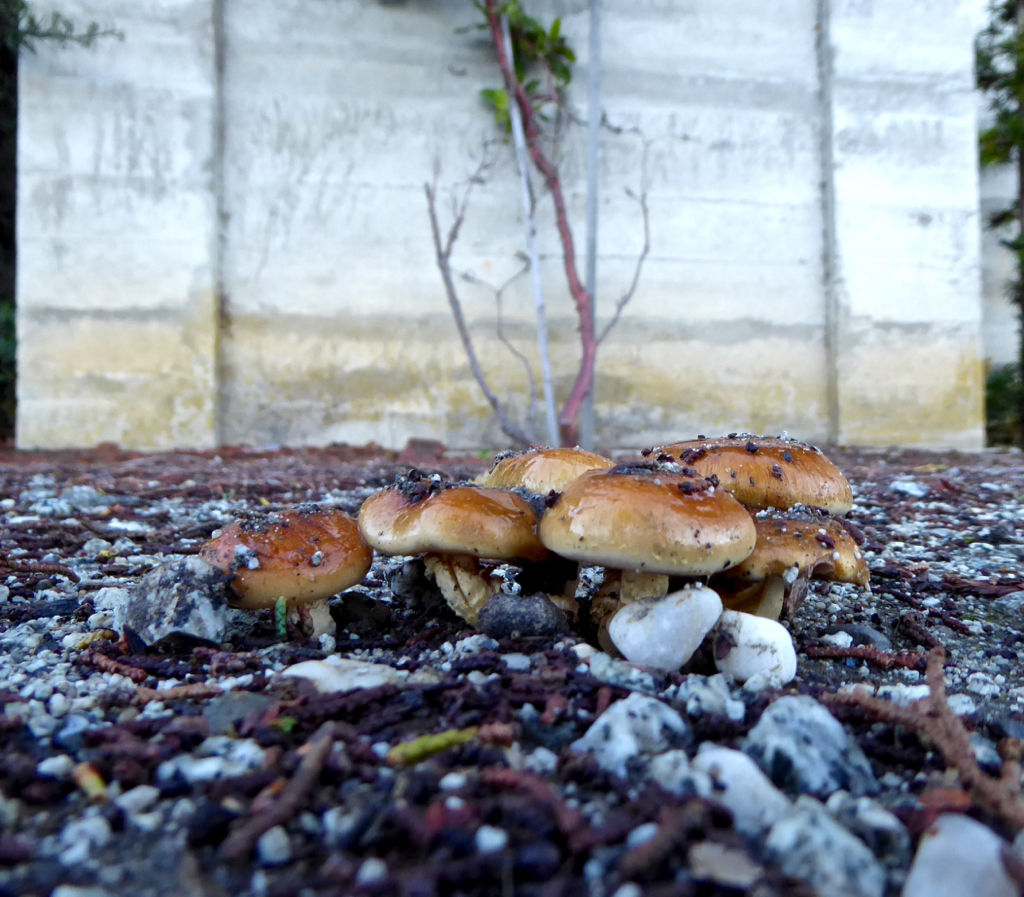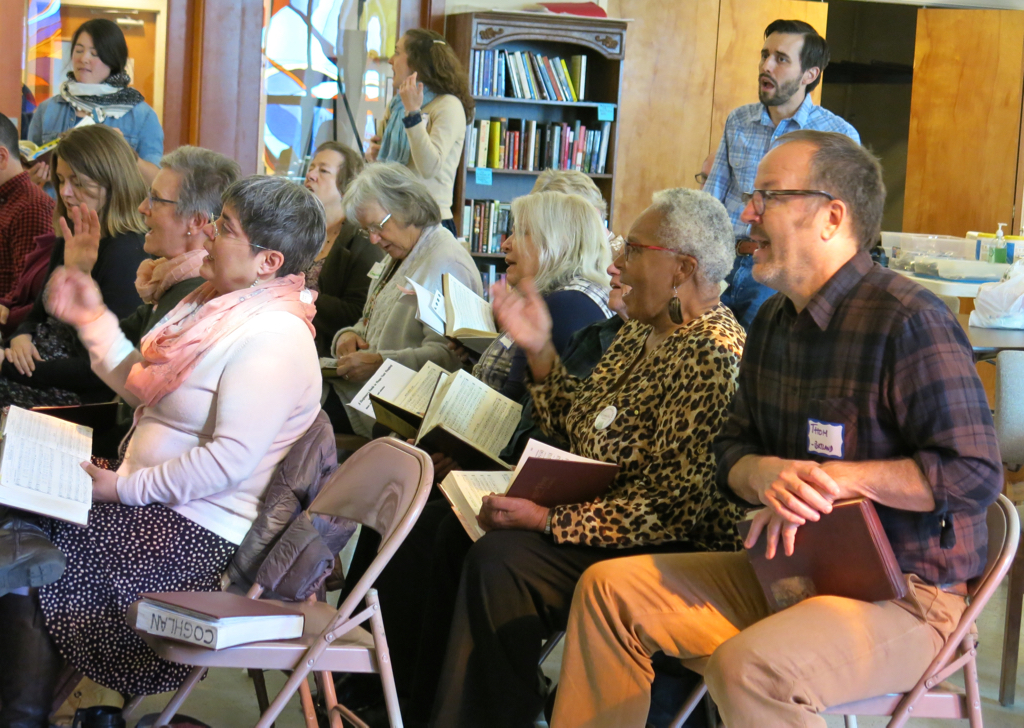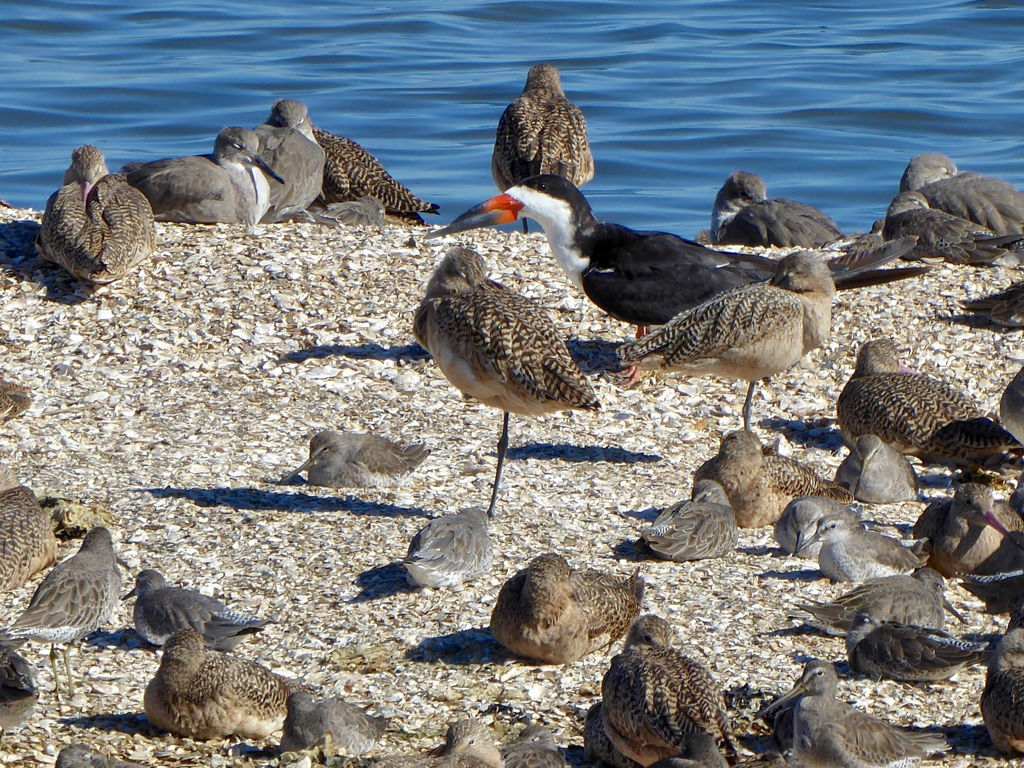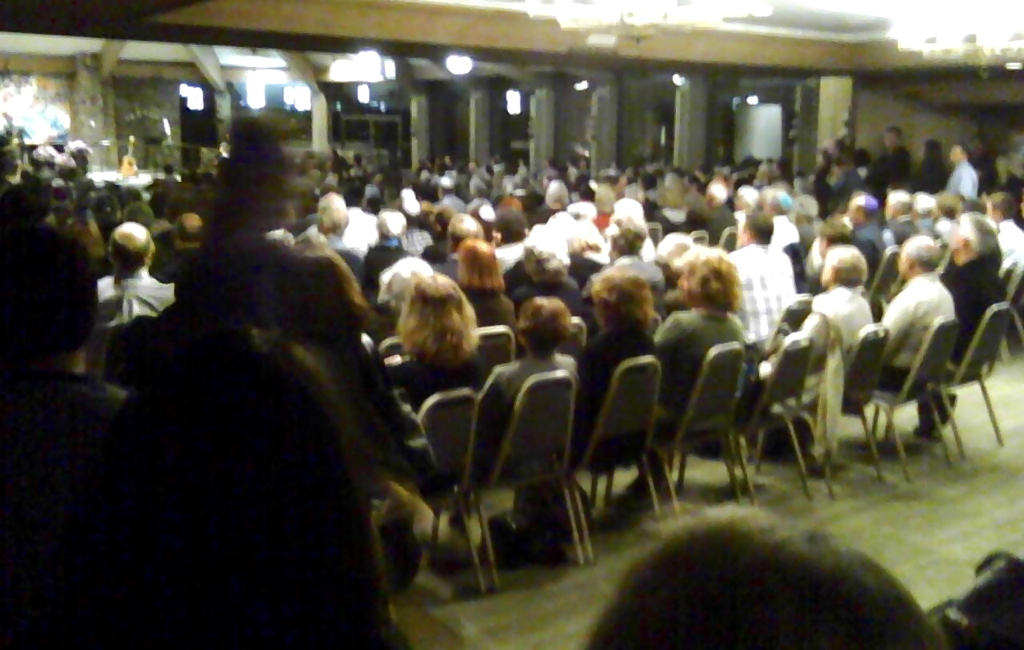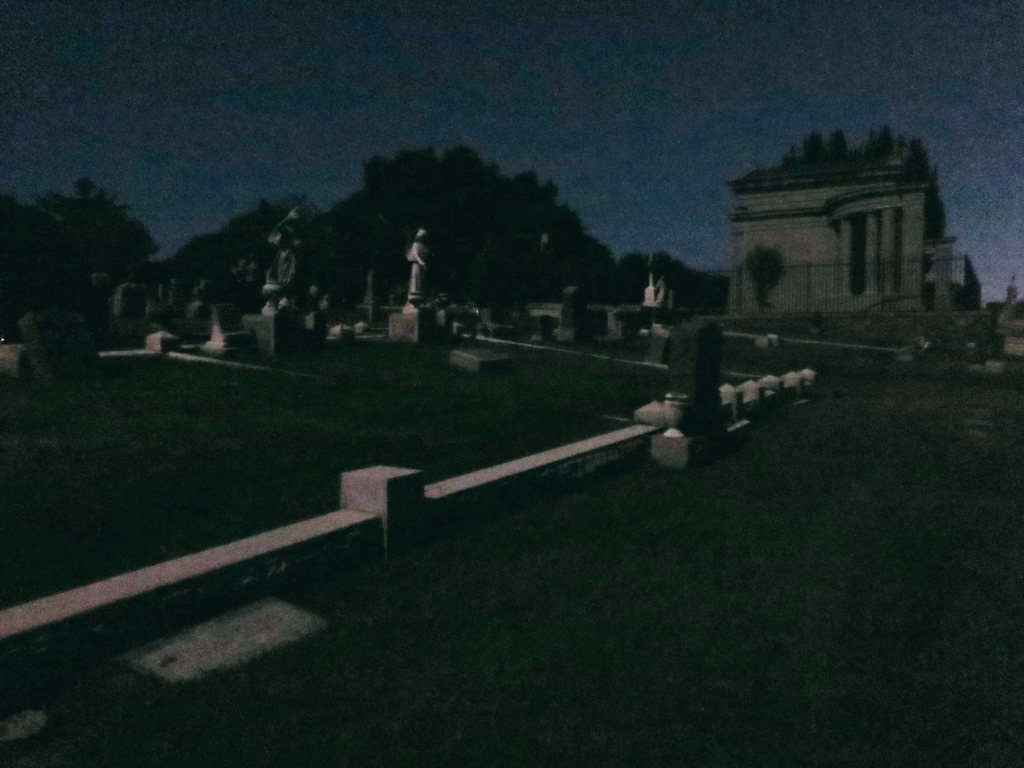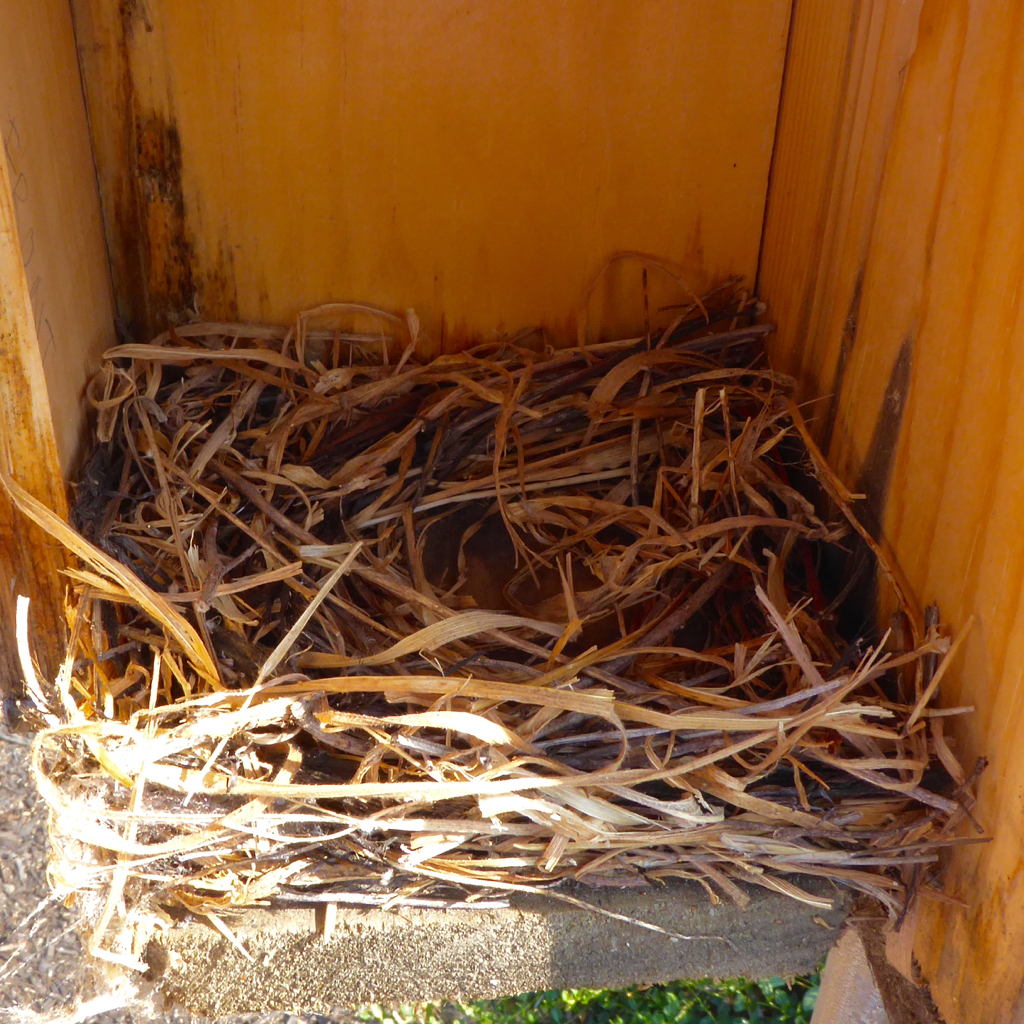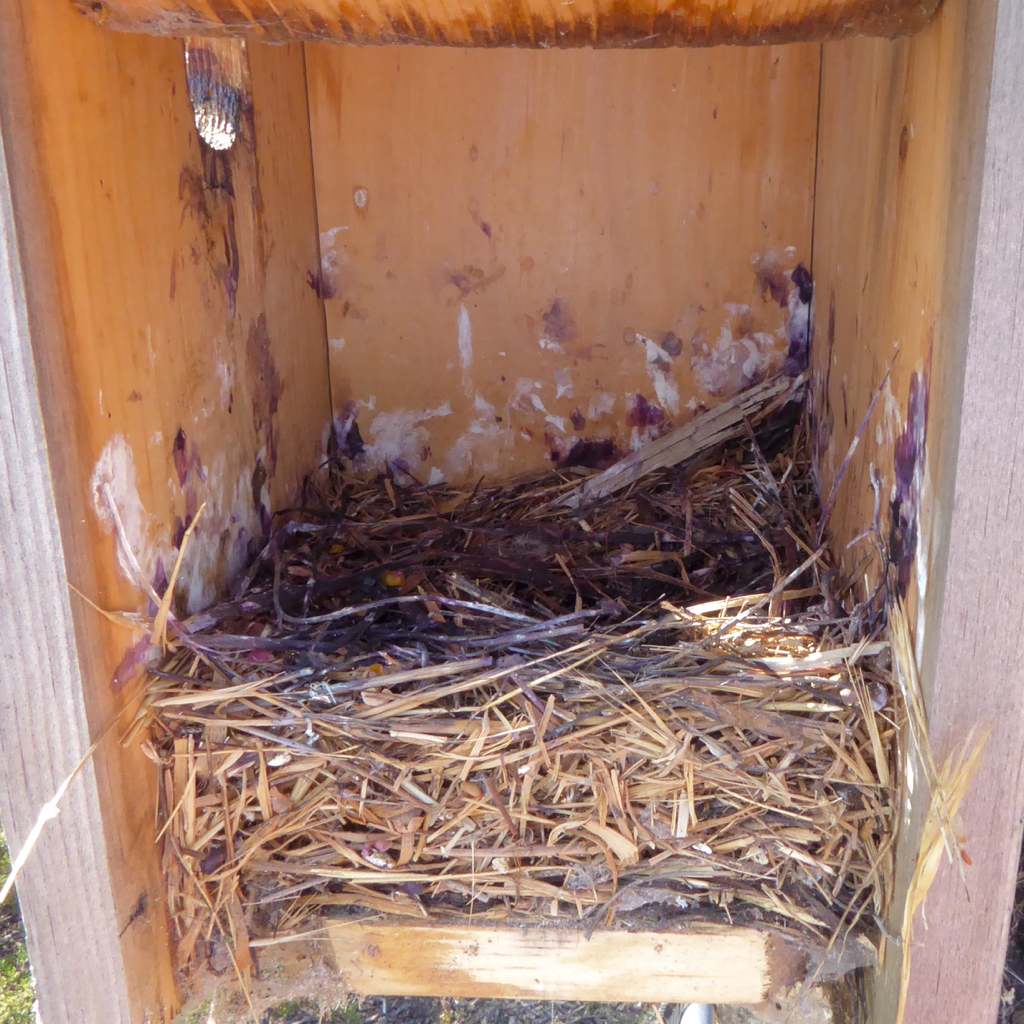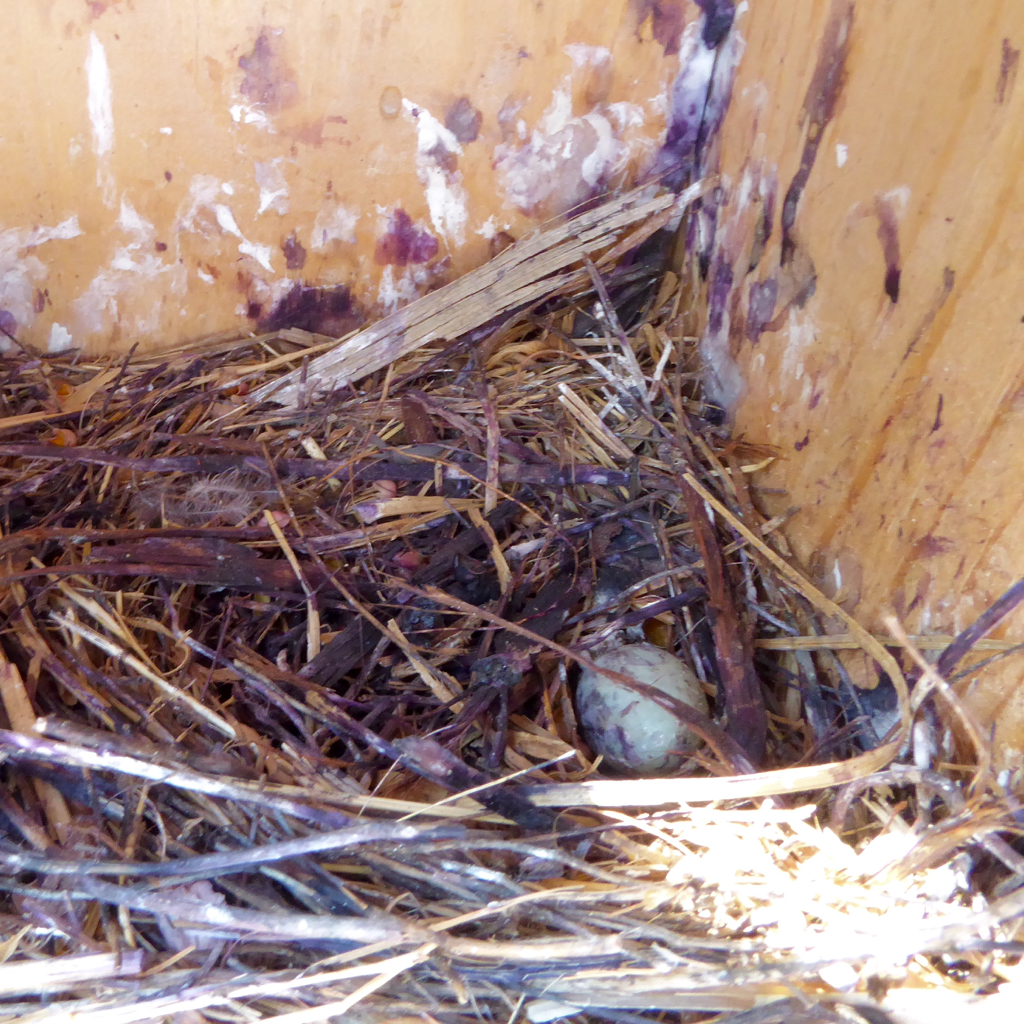We had periods of heavy rain and hail on Monday, then when the storm passed it got quite chilly. It still felt downright cold, by Bay Area standards, late Tuesday morning when we went out to the car.
We drove down the hill from the cemetery to where there’s a panoramic view of San Francisco Bay. We both exclaimed, “Snow!” The peaks of the mountains on the east side of the Bay were white with snow, from the mountains around Mission Peak (elev. 2,520 ft.) southwards to the mountains around Mt. Hamilton (elev. 4,265 ft.). Since a good portion of Mission Peak range was white, I figured the snow must have come down well below 2,000 feet.
I dropped Carol at work, and drove south to Palo Alto, periodically marveling at the sight of snow when the mountains across the Bay came into view. When I got off the highway and headed west into Palo Alto, I tried to see if Black Mountain (elev. 2,812 ft.) and the ridge of the Santa Cruz Mountains had snow; but I had to keep my eyes on the road and couldn’t get a clear view. But a page one story in Tuesday’s edition of the San Mateo Daily Journal said that there was indeed snow on the Santa Cruz Mountains:
“The highest elevations in San Mateo county saw snow Monday night…. Snow fell just about everywhere above 1,000 feet Monday, including in parts of the Santa Cruz Mountains, with temperatures as low as 32 degrees around that area.”
And according to Palo Alto Patch, not only was Page Mill Road in Palo Alto closed Tuesday due to snow and ice, but:
” ‘One spotter in Morgan Hill said he saw snow at 700 feet,’ [National Weather Service meteorologist Matt Mahle] said. ‘It started accumulating … at about 1,000 feet.’ “
When I drove to work on Thursday (yesterday), the Hamilton range was still mostly white with snow; I don’t remember the last time snow lasted that long, but it was several years ago. And there is more snow coming Saturday night, according to the National Weather Service:
The latest models bring snow levels down to around 1,500 feet over the North Bay and around 2,000 feet over the Central Coast during the day Sunday.
This is nothing like the polar vortex in the eastern U.S., but it is unusual weather for us.


